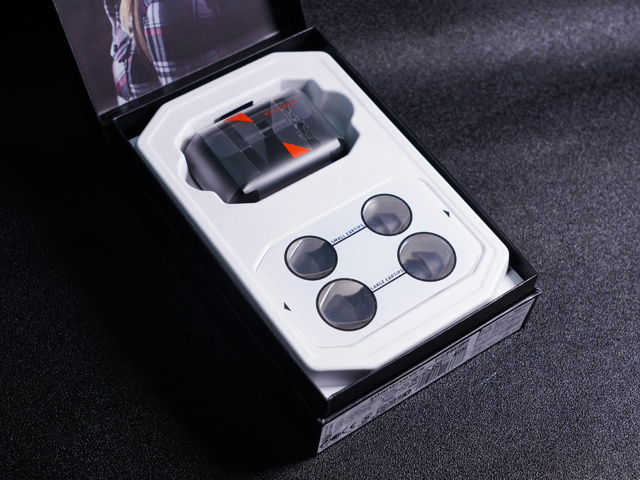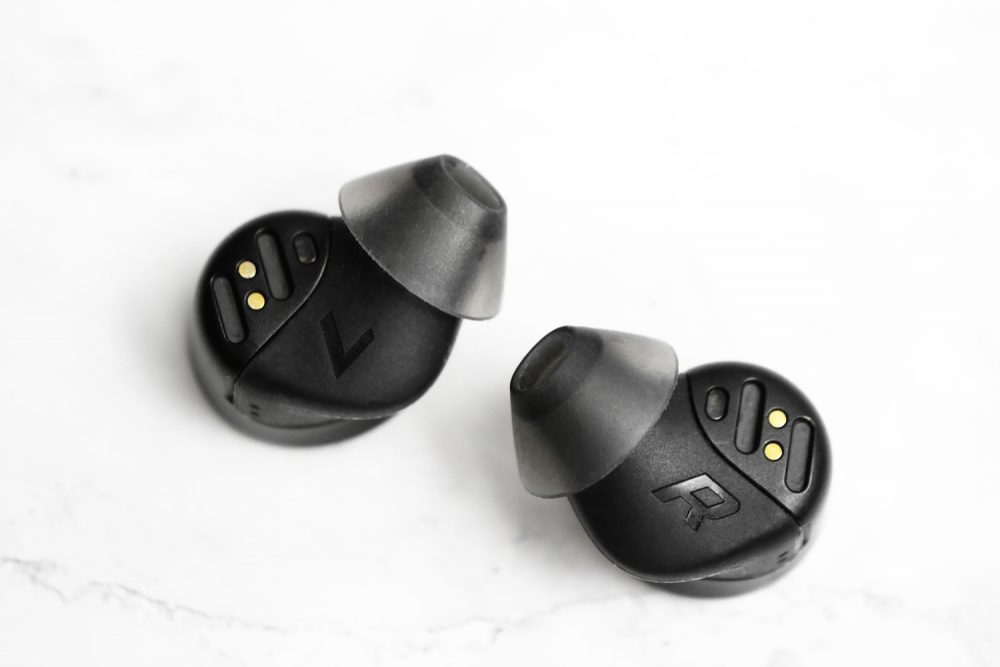

Then at some point around 50% the updateįailed, so said the app.
#Backbeat pro 5100 update
Update” button and a nifty graphic indicated the update in progress. On and within a metre of the phone, which I did. The app instructed me to keep the buds turned In this case the installed firmware was version 13.0, As, of course, one was once I’d completed Notifies you if a new version is available. The BackBeat app manages the firmware of the buds too and After an instant the phone found the buds andĪndroid asked for pairing permission, which I gave.

You can pair the earphones in the usual way, or through freeīackBeat app. Setting up the BackBeat Pro 5100 earphones Ten minutes in the case can give an hour’s listening worth of charge. It takes up to three hours to fully charge case and buds, and two hours to charge the buds in the case. The charge case can refill the buds twice for a total of up to 19.5 hours. The buds are rated at up to 6.5 hours of listening time and 4 hours of talk time. I confirmed that, pacing away from the phone placed on the usual rockįour microphones are used along with noise cancelling DSP Plantronics reckons the connection range is good up to ten So it’s safe to assume that your music will travel to the buds via the SBC Plantronics doesn’t mention the audio codec employedĪnd my Huawei P30 Pro phone didn’t highlight that anything special was in use,
#Backbeat pro 5100 drivers
The BackBeat Pro 5100 earphones use 5.8mm drivers andīluetooth 5.0 for comms. This can be switched off in the app if you prefer. The BackBeat Pro 5100 gives its status with voice prompts. Amongst the reconfiguration options are switching around the buttons, or setting one to start a Spotify playlist. Also by default, a click on the left button increases the volume. By default they operate in the usual way with play/pause on the right along with track skipping, call management and invoking Siri or Google Assistant. You can assign different functions to the button using the BackBeat app. They are controlled via a button on each bud. Proof (IPX4) so you can use them at the gym or outdoors during inclement Throughout an hour-long exercise session. – using the largest of the three silicone tips – stayed firmly in my ears ForĮxample, they include auto-pause when you remove one of the buds from your ear.Įven without wings or other fittings, I found that the buds TheīackBeat Pro 5100 earphones have somewhat different operational features. The audio profile is reasonably neutral with none of the artificial bass-boost that is so prevalent in other ‘sports’ earphones, and if you appreciate this level of clarity in your music playback then you may find the 5100 quite pleasant to listen to.The differences are more than just styling choices. It is so small and light that after ten minutes or so you might even forget that you’re wearing them. The 5100 is not marketed as a true sports headphone, though we’d say that in practice it can be used as one. As the 5100 is marketed as a device for urban use, you will need to be situationally aware of your surroundings and still hear the train announcements, and if you’re running outdoors, it’s important to always be aware of traffic. They rely entirely on passive noise isolation during playback, and actual isolation from external noise is not as good as some of the competition, but this is sometimes a good thing. The earbuds are very compact and fit well when equipped with the correct sized eartips. While not a true sports headphone, the buds do have a water resistance rating of IPX4 and are sweat resistant as well.īesides promising better fidelity audio reproduction than sports-centric designs, it also has four Windsmart noise cancelling microphones whose only job is to let you answer phone calls with complete clarity.

Promoted as an all-day urban companion, it features 6.5 hours of playback time and the compact carrying case holds an additional 13 hours of battery charge.


 0 kommentar(er)
0 kommentar(er)
